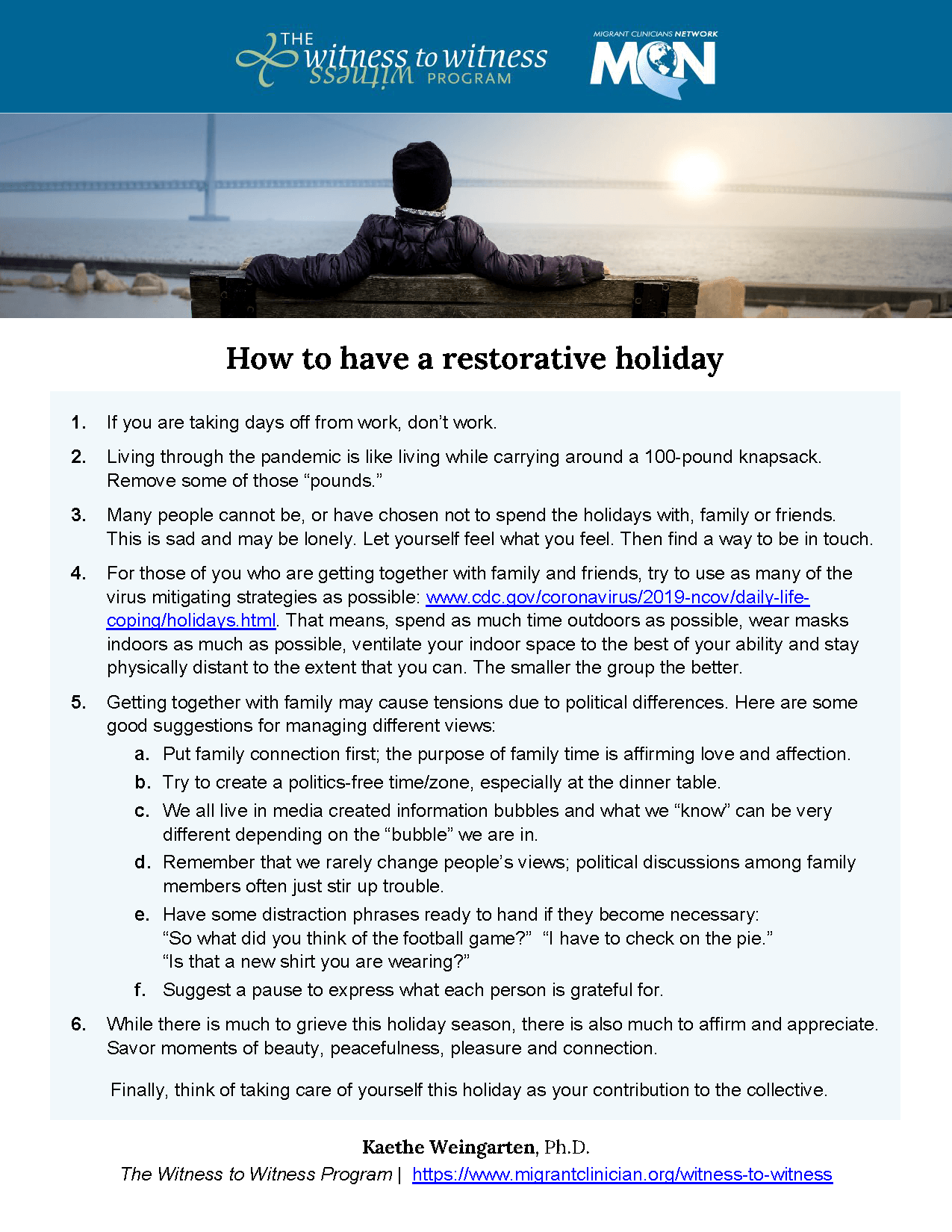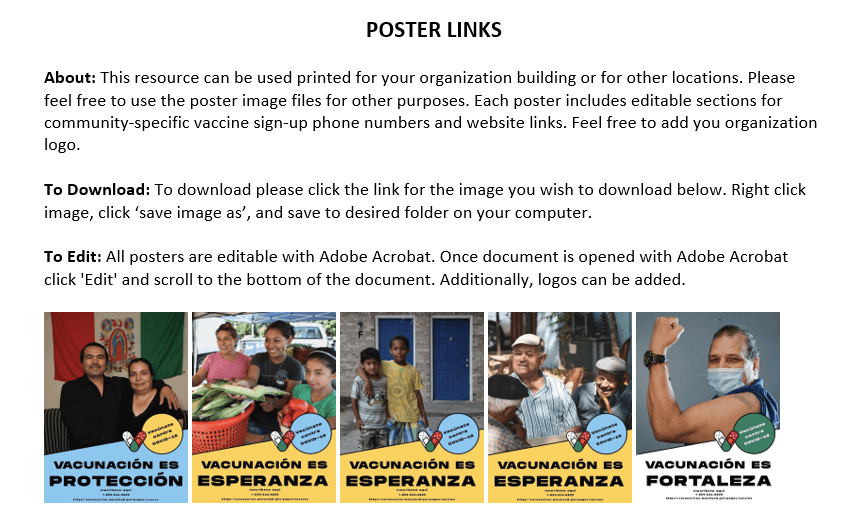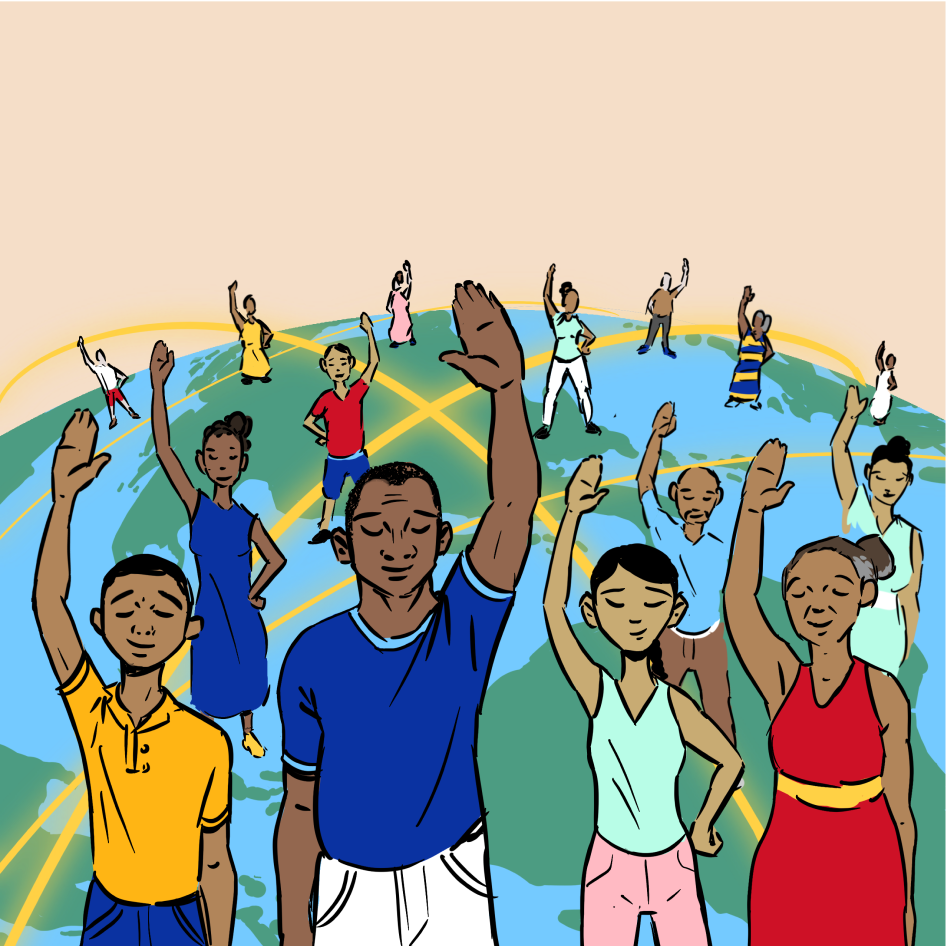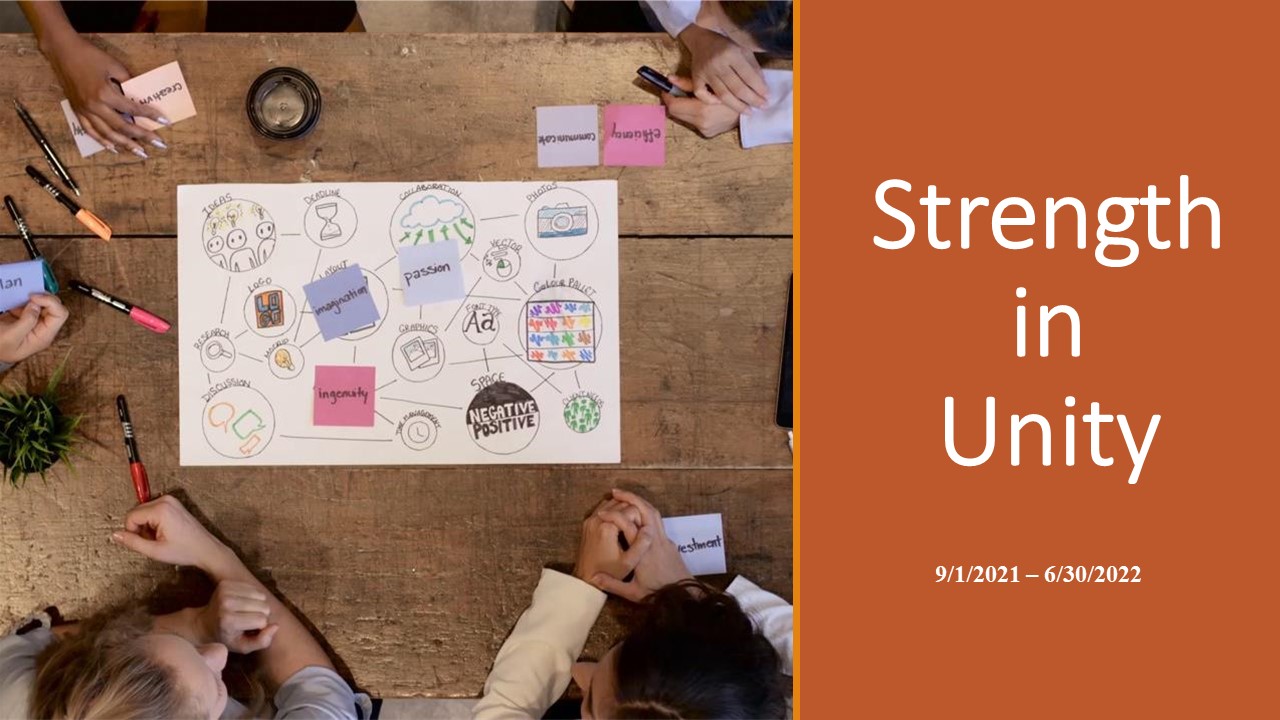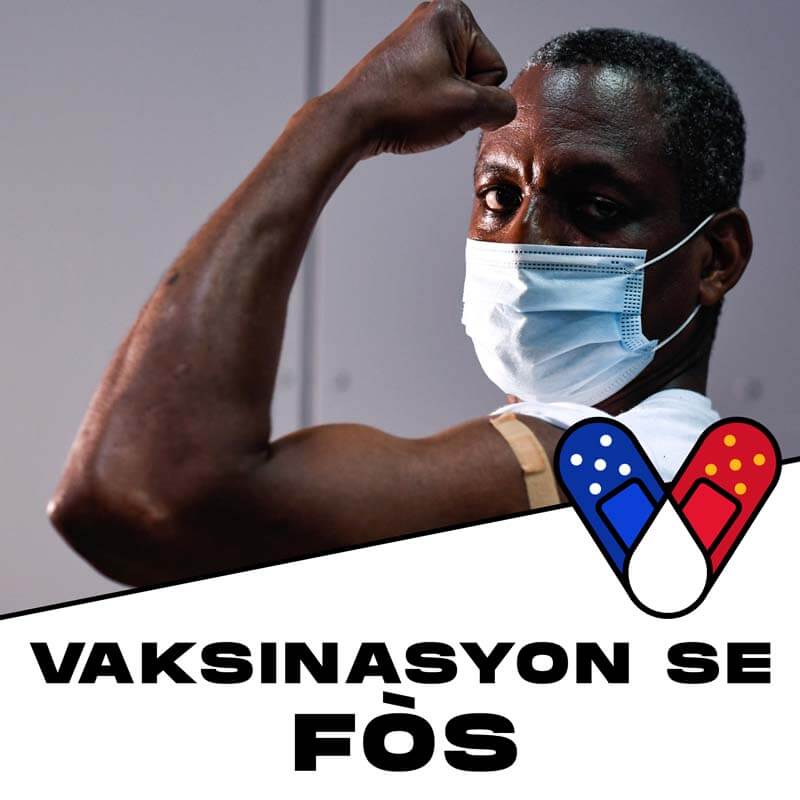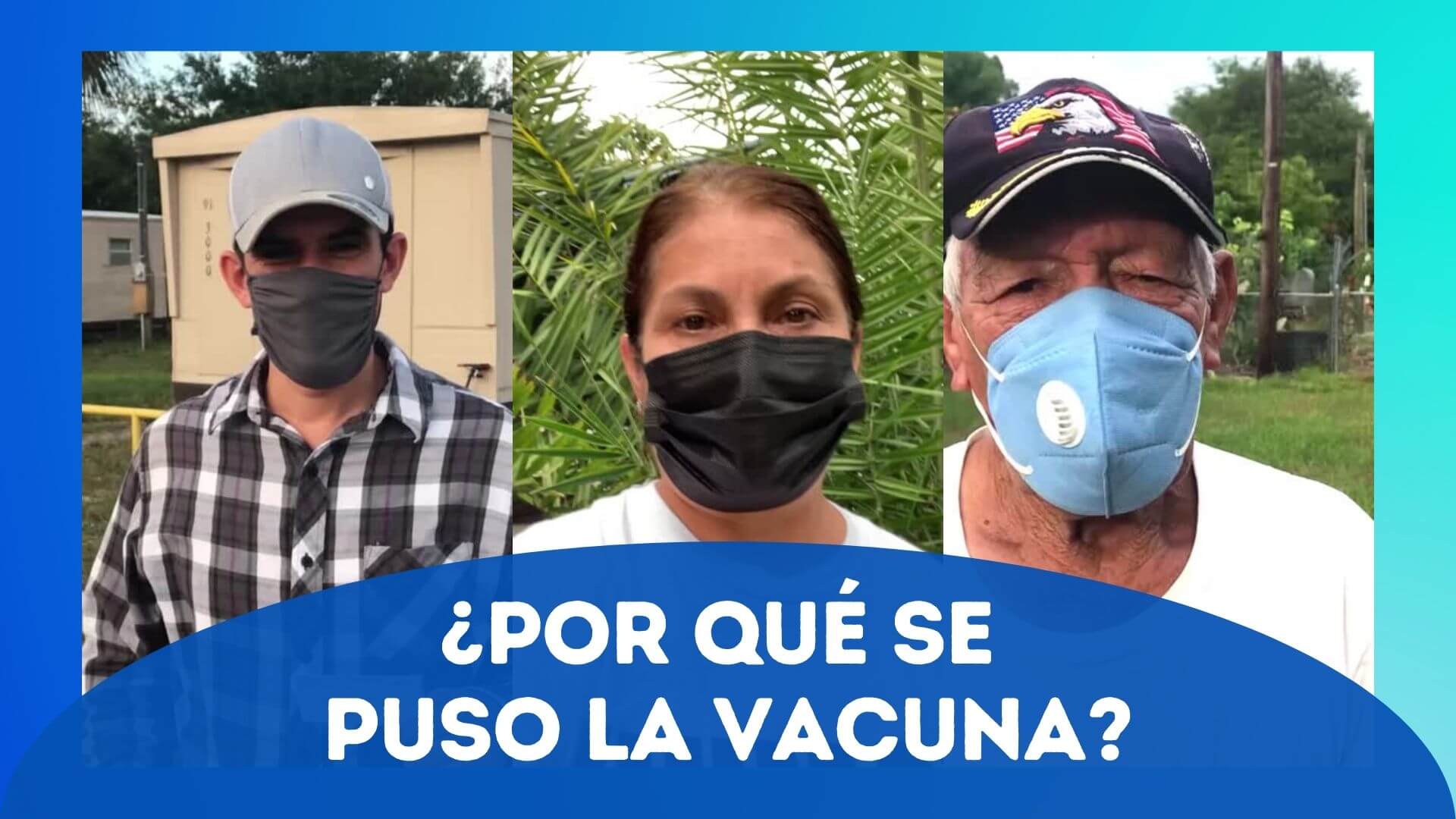
copy deeplink Picture This: A Photovoice Project | Posters for the Community
Picture This: A Photovoice Project | Posters for the Community- PTIE COVID Poster_Access to Care_0.pdf (6.15 MB)
- PTIE COVID Poster_Adaptations2_0.pdf (3.1 MB)
- PTIE COVID Poster_Adaptations.pdf (8.39 MB)
- PTIE COVID Poster_Anxiety_0.pdf (8.19 MB)
- PTIE COVID Poster_Basketball_0.pdf (5.76 MB)
- PTIE COVID Poster_Family_0.pdf (2.81 MB)
- PTIE COVID Poster_Friends I made _0.pdf (14.55 MB)
- PTIE COVID Poster_Friendship.pdf (6.83 MB)
- PTIE COVID Poster_Hard Times_0.pdf (9.47 MB)
- PTIE COVID Poster_Homeschool_0.pdf (2.42 MB)
- PTIE COVID Poster_Hope_0.pdf (9.71 MB)
- PTIE COVID Poster_Impact_0.pdf (10.91 MB)
- PTIE COVID Poster_Impact2_0.pdf (7.97 MB)
- PTIE COVID Poster_Managing PTSD_0.pdf (3.25 MB)
- PTIE COVID Poster_Miedo_0.pdf (7.77 MB)
- PTIE COVID Poster_Resilience_0.pdf (5.25 MB)
- PTIE COVID Poster_Separation.pdf (13.41 MB)
- PTIE COVID Poster_Shocked_0.pdf (5.76 MB)
- PTIE COVID Poster_Sister_0.pdf (5.12 MB)
- PTIE COVID Poster_Smile_0.pdf (5.28 MB)
- PTIE COVID Poster_Solidad_0.pdf (7.04 MB)
- PTIE COVID Poster_Solidaridad_0.pdf (6.45 MB)
- PTIE COVID Poster_Stay at Home_0.pdf (4.71 MB)
- PTIE COVID Poster_Staying Active_0.pdf (3.92 MB)
- PTIE COVID Poster_Support_0.pdf (4.57 MB)
- PTIE COVID Poster_Surviving the Stress_0.pdf (3.55 MB)
The West Virginia Rural Health Research Center (WVRHRC) pursues a multi-disciplinary research effort directed to improve environmental health for rural populations. Collaborators from public health, geographic information systems, nursing, pharmacy, environmental science, health policy and other disciplines work together to conduct policy-relevant research to achieve this goal.
http://www.asbestosdiseaseawareness.org/
ADAO is the largest independent nonprofit in the U.S. dedicated to preventing asbestos exposure, eliminating asbestos-related diseases, and protecting asbestos victims' civil rights through education, advocacy, and community initiatives.
copy deeplink Blueprint for Protecting Children in Agriculture: The 2012 National Action Plan
Blueprint for Protecting Children in Agriculture: The 2012 National Action PlanThe 2012 Blueprint for Protecting Children in Agriculture. Awarded 2013 Paper of the year by the International Society for Agricultural Safety and Health (ISASH), this National Action Plan takes an updated look at preventing childhood agricultural injury and death.
- BlueprintAgricultureNCC_0.pdf (6.84 MB)
copy deeplink Cholinesterase (ChE) Testing Protocols and Algorithm for Healthcare Providers
Cholinesterase (ChE) Testing Protocols and Algorithm for Healthcare Providers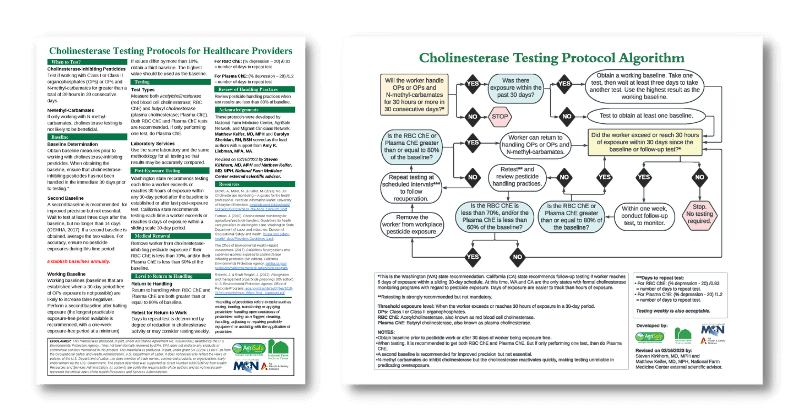
These Cholinesterase (ChE) clinical tools provide a concise and simple format to guide clinicians in monitoring the ChE levels for patients working with Class I and Class II organophosphates (OP) or OP and N-methyl-carbamates.
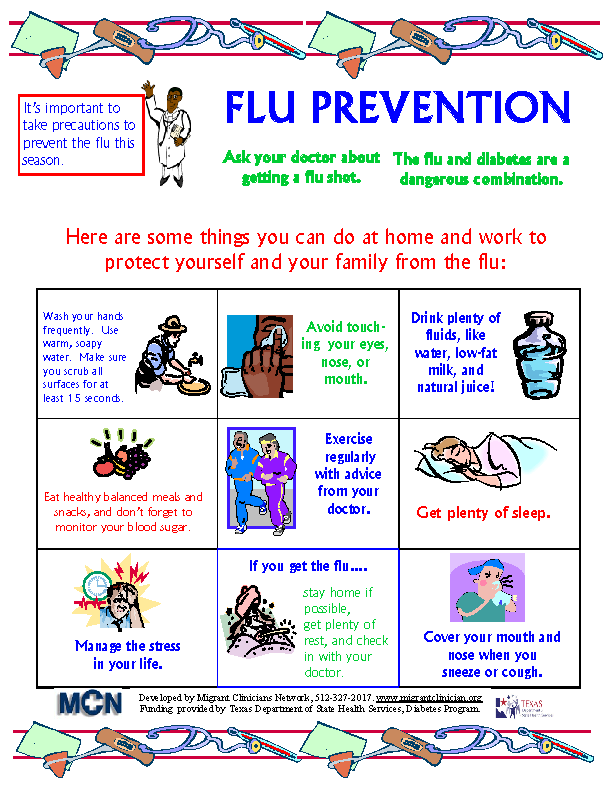
- Flu_prevention_and_Diabetes.pdf (244.26 KB)
- Prevencion-de-la-gripe-y-diabetes.pdf (263.85 KB)
copy deeplink Clinical Characteristics of Coronavirus Disease 2019 in China
Clinical Characteristics of Coronavirus Disease 2019 in ChinaThe New England Journal of Medicine has an article analyzing early cases in China which gives some clarity around how the virus works: “Clinical Characteristics of Coronavirus Disease 2019 in China".
copy deeplink Social Media Data Collection and Reporting | COVID-19 Vaccine Awareness Campaign
Social Media Data Collection and Reporting | COVID-19 Vaccine Awareness CampaignThe following templates and documents can be used as tools for data collection and reporting. The tools can be used in conjunction with the ‘Vaccination Is…’ Campaign, other campaigns, or for routine internal social media analysis and reporting. Each template is fully editable. MCN has two data collection and reporting template sets available for the purpose of user ease and accessibility. Each set includes a data collection template, a metric definition and data collection and instruction guide, and a report template. See document set and document summaries below.
VERSION DESCRIPTIONS
Short Version Documents - This set of data collection and reporting documents are built for easy and minimal data collection of the most useful and frequent data requested by funders.
Long Version Documents (Coming Soon!) - This set of data collection and reporting documents are built for enhanced data collection and include additional data metrics and reporting categories compared to the Short Version set. This data collection set is especially helpful for in-depth analysis of social media activities for internal organization data analysis and strategy improvement.
DOCUMENT DESCRIPTIONS
Social Media Data Collection Templates - These Excel Sheet templates include sheets for Facebook, WhatsApp, Instagram and Twitter. For each of these platforms, the templates include columns for important social media metrics that can be reported to funders or used internally. They also include ‘optional’ metrics to collect if data collectors have the need to collect them.
Social Media Metric Definition and Data Collection Instruction Guides - These PDF guides compliment each of the short and long data collection templates. The guides include important notes about data collection for Facebook, WhatsApp, Instagram, and Twitter, as well as instructions for how to collect downloadable data if available for free from the platform. The guides also include definitions for each metric mentioned within the data collection templates, as well as instructions for how to collect each metric.
Social Media Report Templates - These Word Document templates include editable data tables that include important categories for Facebook, WhatsApp, Instagram, and Twitter. The tables can be used to send to funders for reporting purposes or for internal evaluation. These documents also include instructions for how to complete each report table category and equations to get metric totals.
- ENG_Social_Media_Data_Collection-Template_Short_Version_11232021.xlsx (19.99 KB)
- SPA_Social_Media_Data_Collection_Template_Short_Version_12102021.xlsx (20.8 KB)
- Metric-Definitions-and-Data-Collection-Instructions-Short-Version.pdf (242.47 KB)
- SPA_Metric_Definitions_and_Data_Collection_Instructions_Short_Version_12102021.pdf (275.38 KB)
- Social Media Report Template - Short Version.docx (39.62 KB)
- SPA_Social_Media_Report_Template-Short_Version_12102021_0.docx (37.07 KB)
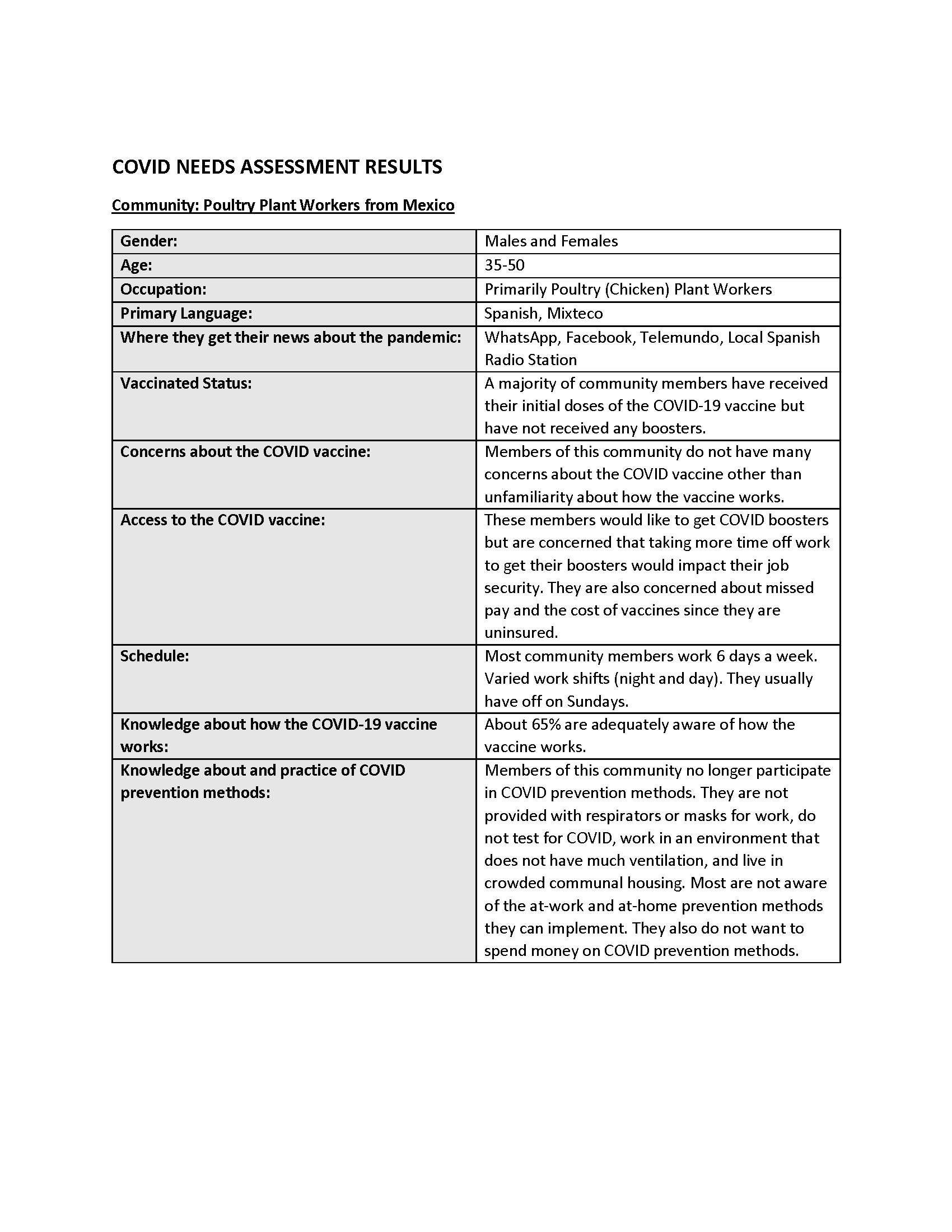
copy deeplink Preserving a scarce human resource: Healthy physicians
Preserving a scarce human resource: Healthy physiciansThis blog post from the North Carolina Medical Board discusses issues around physician burnout. The blog states: "Burnout among physicians has reached epidemic proportions since it was first described among human services workers in the 1970s. When physicians experience overload, loss of control (autonomy) and a lack of reward (perceived or real) for their contributions, their risk for emotional exhaustion, otherwise known as the burnout syndrome, is astronomical. When physicians begin the downward spiral into burnout, they no longer contribute with their leadership and motivational energy. Instead, they become needy and unintentionally sap energy away from the group. Worse, this syndrome is highly contagious and can systematically infect a whole practice or clinic by reducing meaningful contact among its individual members."
The Diabetes and Healthy Eyes Toolkit provides community health workers with tools to inform people with diabetes about diabetic eye disease and maintaining healthy vision. The toolkit has a flipchart that is easy to use in community settings and can be incorporated into existing diabetes classes or information sessions. It is available in English andSpanish.
copy deeplink HIV Training, Technical Assistance, and Collaboration Center (HIV TAC)
HIV Training, Technical Assistance, and Collaboration Center (HIV TAC)A primary goal of the Partnerships for Care (P4C) project is to provide innovative, cost-efficient, and culturally competent training and technical assistance (TTA) to the four health departments and 22 health centers serving high HIV prevalence areas funded under the project. To that end, the HIV Training, Technical Assistance, and Collaboration Center (HIV TAC) was funded to support the goals of the P4C project through planned collaboration with existing HIV-related TTA programs, across different levels of government and with nongovernment partners. The MayaTech Corporation operates the P4C HIV TAC.
copy deeplink Safety and Health on the Farm: It's Your Right and It's the Law - Comic
Safety and Health on the Farm: It's Your Right and It's the Law - ComicThis colorful bilingual comic addresses workers' compensation and immigrant dairy farm workers’ rights and responsibilities. It tells the story of a Mexican dairy farm worker who is injured on the job and the steps he and his employer take to make sure he receives his benefits, and the farm improves its safety.
- DairyWrkrRightsWrkComp_ENG2016_web.pdf (7.78 MB)
- DairyWrkrRightsWrkComp_ESP2016_web.pdf (7.92 MB)
- COMIC - Safety and Health on the Farm - New Mexico - English.pdf (3.4 MB)
- COMIC - Safety and Health on the Farm - New Mexico - Spanish.pdf (3.41 MB)
- COMIC - Safety and Health on the Farm - New York - English.pdf (3.45 MB)
- COMIC - Safety and Health on the Farm - New York - Spanish.pdf (3.46 MB)
- COMIC - Safety and Health on the Farm -Minnesota -English.pdf (7.78 MB)
- COMIC - Safety and Health on the Farm - Minnesota - Spanish_0.pdf (7.91 MB)
Download & print MCN's Unselfie sign, fill it out with the name of your personal frontline hero, and post the photo with #HeroesOnTheFrontline to raise awareness for our work supporting clinicians.
Here are a few examples from previous years:
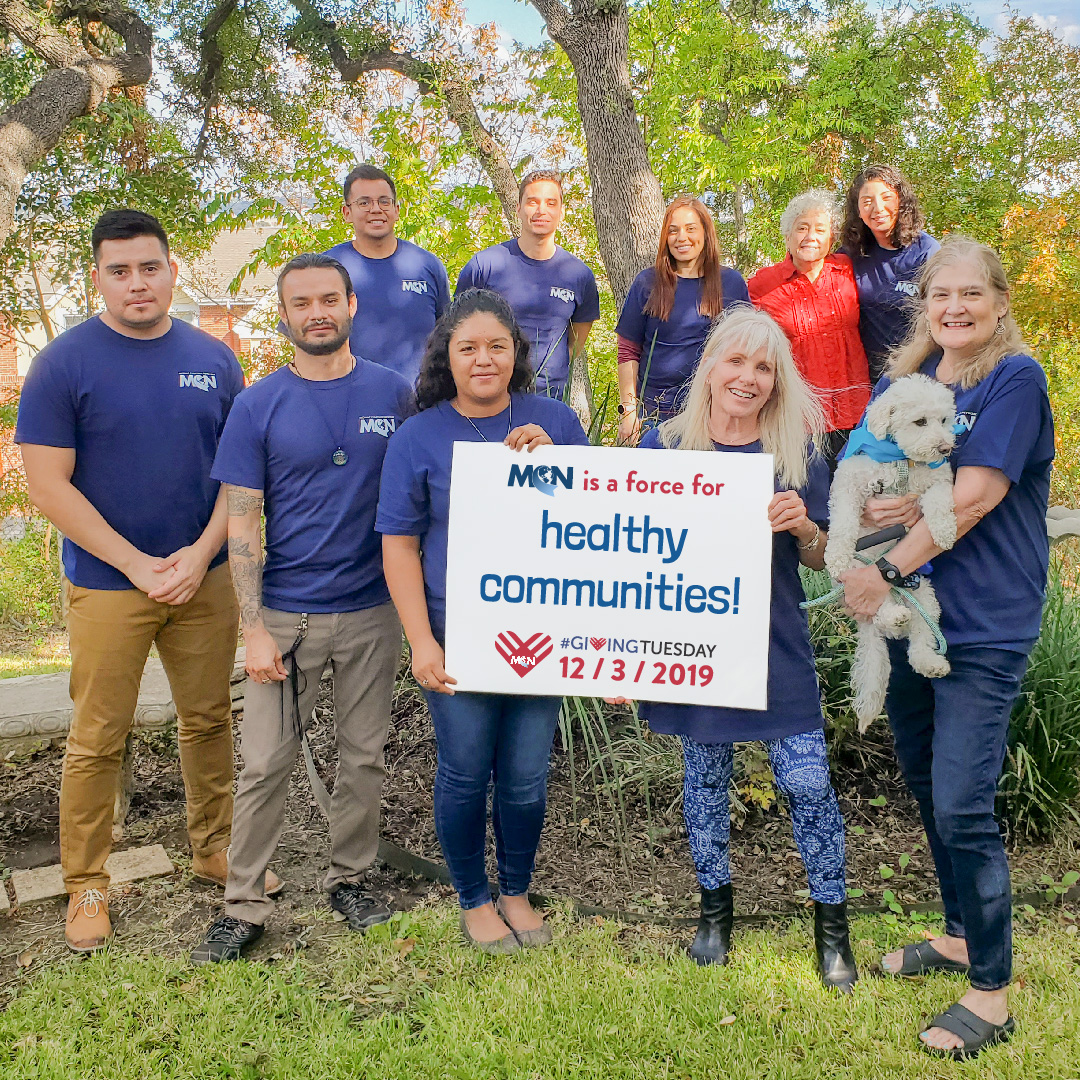
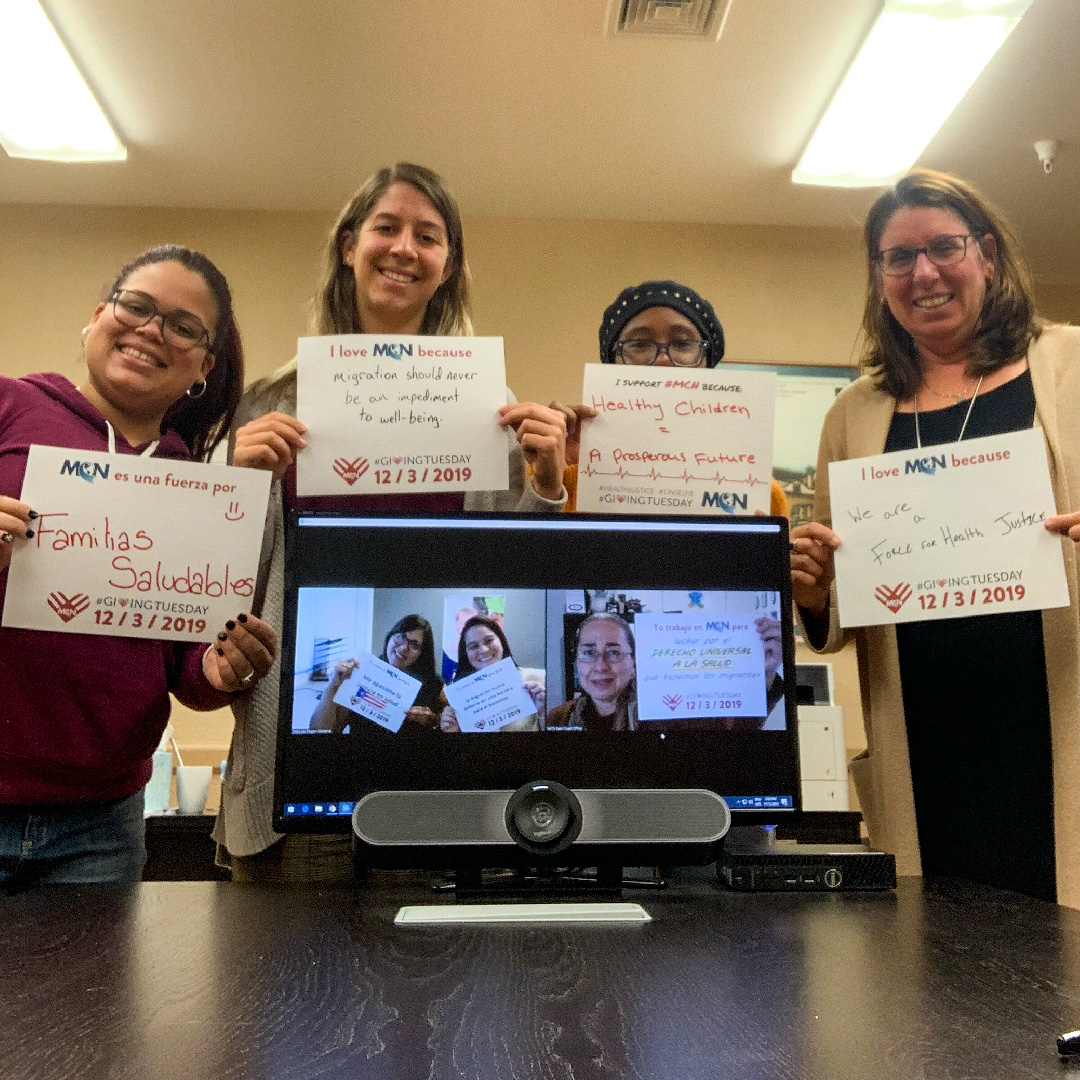
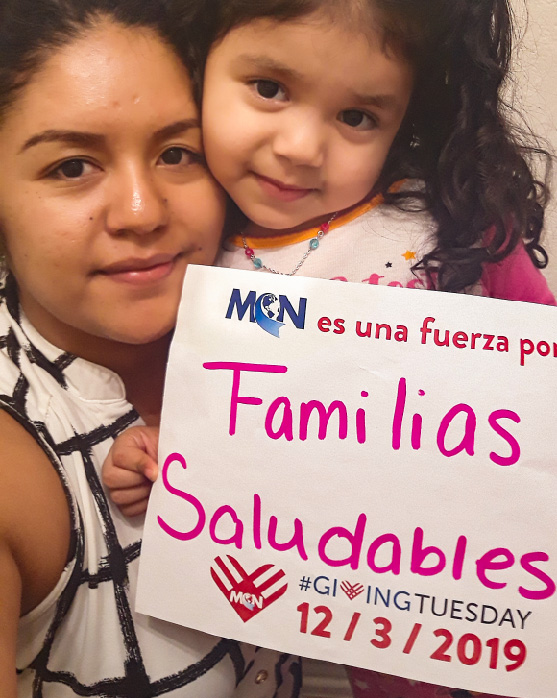
- 2020-HeroesFrontline_Unselfie.pdf (730.9 KB)
- 2020-HeroesFrontline_Unselfie_B+W.pdf (3.14 MB)
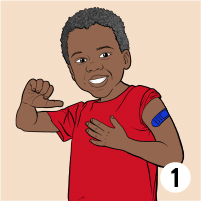
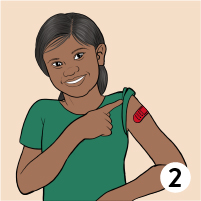
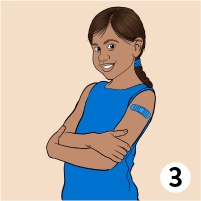
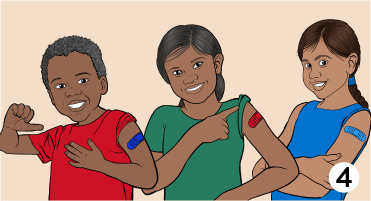
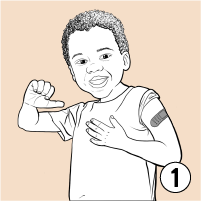

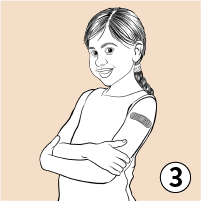
- ThreeVaccinatedKids.png (269.11 KB)
- Vaccinated GIRL 1.png (101.88 KB)
- Vaccinated GIRL 2.png (105.59 KB)
- Vaccinated BOY 3.png (94.62 KB)
- Child-Girl-2_Vaccinated.png (109.33 KB)
- Child-Girl-1_Vaccinated.png (104.57 KB)
- Child-Boy_Vaccinated.png (106.69 KB)
Adults Get Vaccinated Too is an educational tool in the form of a comic book for health educators who work with the community and who need to provide information about vaccinations, when and where they are administered, and the symptoms that characterize the diseases they prevent.
Through a conversation between farmworkers in the field, this colorful and easy-to-understand comic book helps its readers to learn, in a simple and natural way, the importance of getting vaccinated and boosting their vaccines during their adulthood to prevent diseases such as hepatitis B, meningitis, chickenpox, influenza, tetanus, diphtheria, pertussis, measles, mumps, rubella and COVID-19.
copy deeplink Shattered Families: The Perilous Intersection of Immigration Enforcement and the Child Welfare System
Shattered Families: The Perilous Intersection of Immigration Enforcement and the Child Welfare SystemThe Applied Research Center released this report offering the first national data available on the perilous intersection of immigration enforcement and the child welfare system. ARC's Investigative Research package includes a poignant video and Colorlines.com articles which bring to life the story of one family trying desperately to stay together.
copy deeplink 2013 A Year In Review | Migrant Clinicians Network
2013 A Year In Review | Migrant Clinicians NetworkTake a look at the highlights of MCN's services and programs in action during 2013!
Other versions:
View Large
Download PDF
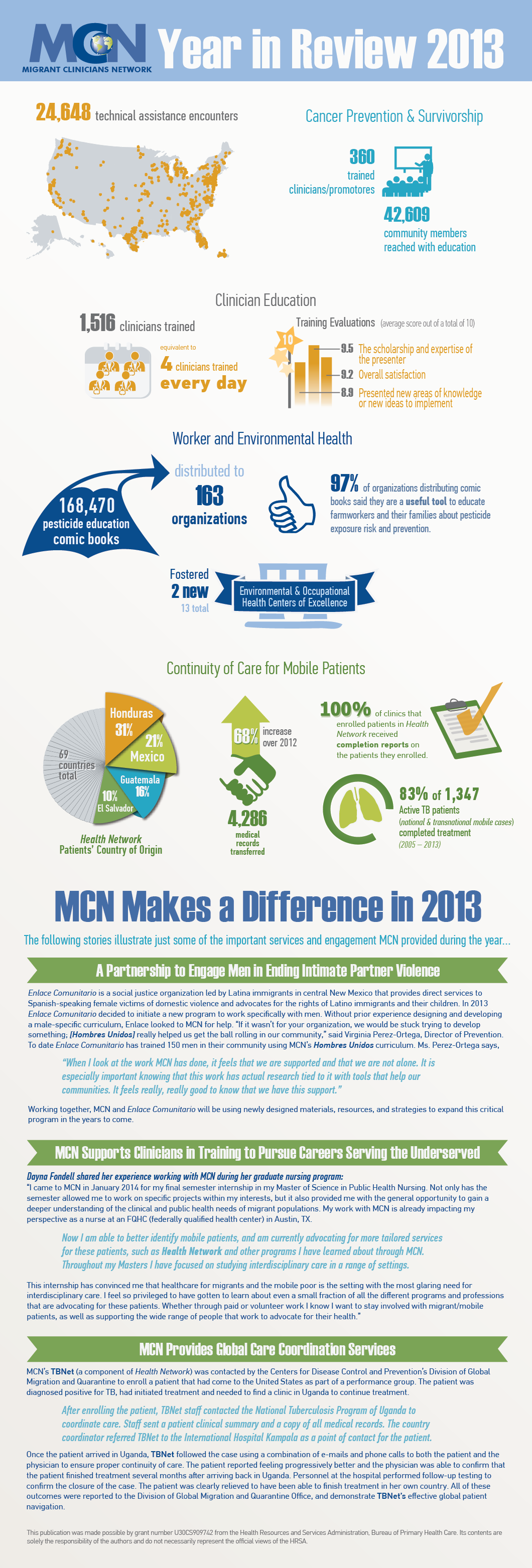
- YiR_for office printer (no bleed)_0.pdf (1.59 MB)
copy deeplink CDC: Interim Guidance for Zika Virus Testing of Urine - United States, 2016
CDC: Interim Guidance for Zika Virus Testing of Urine - United States, 2016Diagnostic testing for Zika virus infection can be accomplished using molecular and serologic methods. Real-time reverse transcription–polymerase chain reaction (rRT-PCR) is the preferred test for Zika virus infection because it can be performed rapidly and is highly specific (1,2) ...
- resourceZika-05112016.pdf (95.67 KB)
copy deeplink 2018 Year In Review | Migrant Clinicians Network
2018 Year In Review | Migrant Clinicians NetworkHighlights of MCN's services and programs in action during 2018! View using links below:
- 2018 year in review.pdf (2.25 MB)
- 2018 year in review - Spanish.pdf (2.25 MB)
copy deeplink Questions for Staff to Address Current Organizational Tensions | W2W Resource
Questions for Staff to Address Current Organizational Tensions | W2W Resource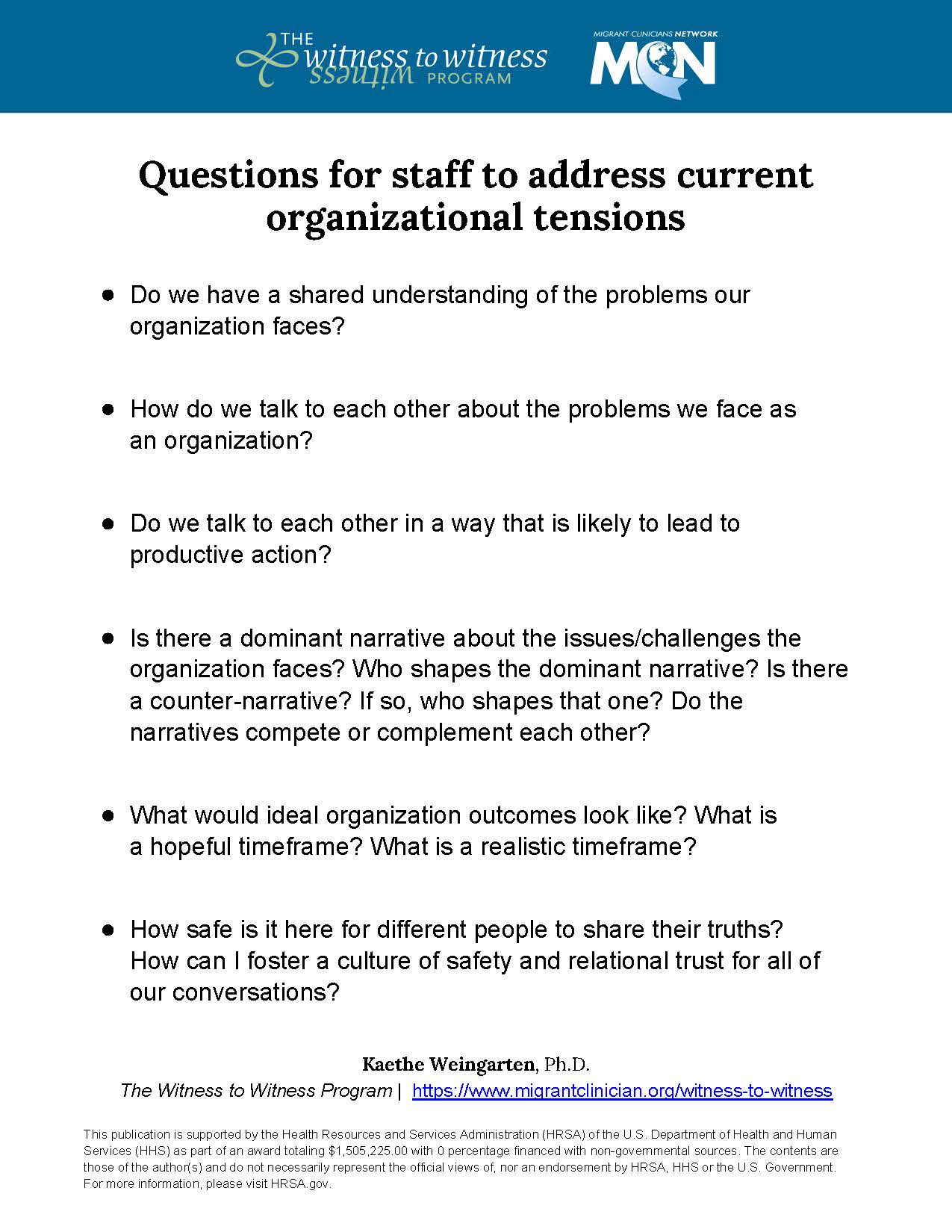
This publication was supported by the Health Resources and Services Administration (HRSA) of the U.S. Department of Health and Human Services (HHS) as part of an award totaling $ 1,310,460 with 0 percentage financed with non-governmental sources. The contents are those of the author(s) and do not necessarily represent the official views of, nor an endorsement, by HRSA, HHS, or the U.S. Government. For more information, please visit HRSA.gov.
- 2022-4-28_Questions-for-Staff-to-Address-Current-Organizational-Tensions_Handout.pdf (132.17 KB)
- 20D466~1.PDF (127.83 KB)
